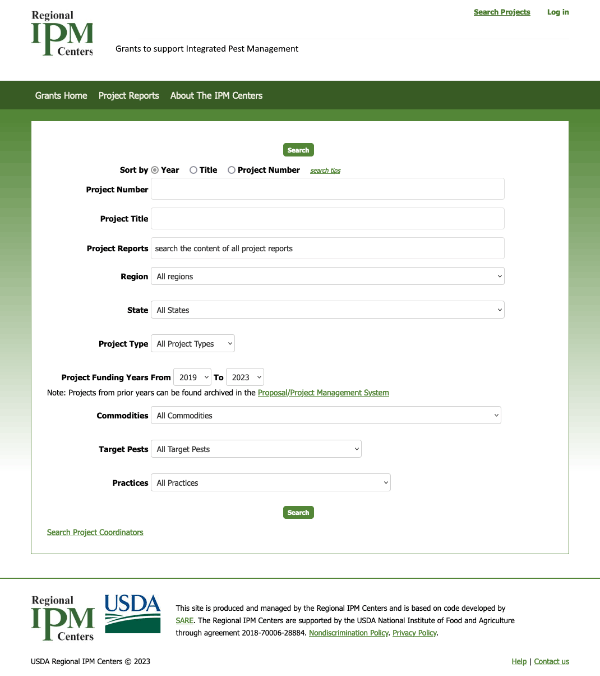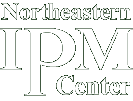Funded Projects
Latest Project Outcomes
- April 1, 2020
- Necessity is the mother of invention: Innovative approaches to Northeastern hemp disease management
-
Heather Darby and Ann Hazelrigg from University of Vermont and State Agricultural College study disease management and control in hemp. The objectives of this project are to: 1) Expand the existing IPM toolbox for disease management available to Northeastern hemp growers. 2) Enhance technical assistance through farmer friendly research-based outreach programs and materials, and opportunities for farmer-to-farmer learning exchanges in the Northeast.
- April 1, 2020
- Early detection of potato leafhopper damage using unmanned aerial systems
-
Chandi Witharana, Ana Legrand, and Shuresh Ghimire with the University of Connecticut. The goal of this project is to develop an unmanned aerial system (UAS) for early detection of potato leafhopper damage in potato.
The four specific objectives are to: 1) Identify specific and sensitive spectral wavelengths to leafhopper damage and to soil nitrogen. 2) Model the relationship between the leafhopper damage and spectral responses. 3) Investigate the applicability of UAS spectroscopy to detect leafhopper damage and characterize the level of severity. 4) Develop and implement an extension program for early detection of potato leafhopper damage using unmanned aerial systems.
- April 1, 2020
- Slug and natural enemy phenology in mid-Atlantic field crops
-
David Owens and Sally Taylor with the University of Delaware.
Objectives: 1) Develop a degree day model to predict slug egg hatch. 2) Study slug-parasitizing nematode range and activity in the mid-Atlantic.
- April 1, 2020
- Developing multimedia materials to educate health care providers on bed bug IPM
-
Changlu Wang and Salehe Abbar with Rutgers University.
Objectives: 1) Develop an English and a Spanish short video demonstrating the bed bug biology, prevention, inspection, proper use of non-chemical control tools. 2) Develop English and Spanish brochures on bed bug prevention and control for health care providers. 3) Partner with health care industry to educate health care providers on bed bug prevention and control using the new videos and brochures.
- April 1, 2020
- Knowing is half the battle: Increasing awareness of biocontrol as part of IPM through digital outreach
-
Amara Dunn with Cornell University.
Objectives: 1) Improve the usefulness and usability of the existing Biological Control website while migrating it to the NYS IPM website. 2) Create and add new content to the Biological Control website, including information on biopesticides and new arthropod biocontrol agents, and short videos that explain basic biocontrol concepts.
 |
|
The four Regional IPM Centers moved to a new Grant Management System in 2021. |
IPM Projects Funded through the Center
Are you curious about all the regional IPM research and outreach that has benefited our environment, health, and economy over the years? Do you want to know more about a specific IPM project, or see all the work addressing a particular pest?
Projects since 2021
In 2021, the four Regional IPM Centers moved to a new grant management system. Funded projects may be searched by various criteria including project title, commodities, target pests, and IPM practices. Projects may also be filtered by region, state, and year. Visit the Search Projects tab in the grant management system to begin your search.
Projects from 1996 to 2020
The Proposal and Project Management System (PPMS) is a searchable database that houses information on more than 300 regional IPM projects funded through four different grant programs between 1996 and 2020. For each project, the system provides data on project directors, institutions, and funding amounts. Many of the records include project summaries, objectives, and impacts, as well as links to related reports and publications.
Applying for Grants through the Center
The grant management system (formerly PPMS) serves an administrative function that allows grants managers, applicants, and panelists to submit and retrieve project information efficiently in a central online location.
U.S. Interagency IPM Projects Database
Information in our database feeds into the U.S. Interagency IPM Projects Database, a national system for IPM projects across the country.
